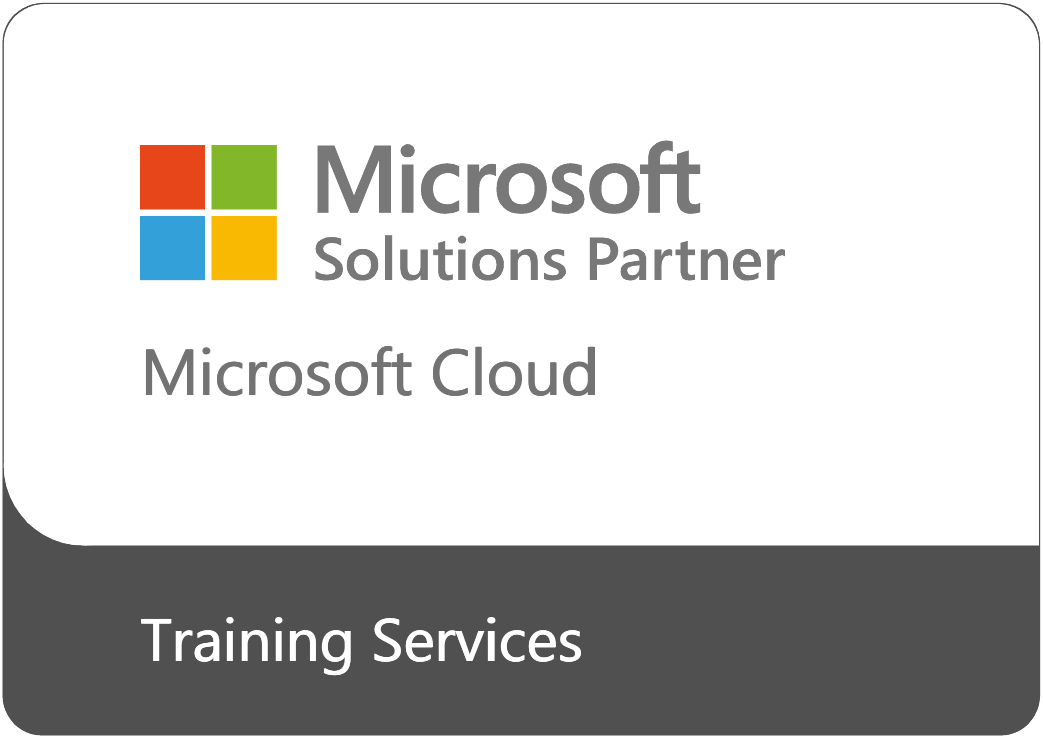Microsoft Training Courses

Build skills in the Microsoft topic of your choice
Microsoft training courses help individuals and organizations close the skills gap by matching Microsoft trainings to specific roles and courses of study. This approach helps to build tech-intensive teams that have the necessary skills they need to get and stay ahead.
Benefits of Microsoft Training Courses
Microsoft’s role-based training empowers organizations to unlock the capabilities of technology by keeping team members current with next-generation solutions and skills. Microsoft’s training can advance employee talent and career growth while helping companies achieve their digital transformation goals.
Why Choose Skillsoft Global Knowledge Microsoft Courses?
To meet learners where they are, we provide a range of learning modalities, often combined to create a learning experience that empowers individuals to learn in a style that fits them best:
- Bring customized training plans and dedicated personal attention and support to quickly advance technical expertise through Instructor-led Training (ILT), taught by Microsoft Certified Trainers.
- Combine both ILT and self-paced learning when subscribing to our year-long Elite Total Access Collection for Microsoft training, including Azure, 365, and several others.
Get started today.
Learn more about our Microsoft training courses and find out how Microsoft Certification can empower companies in the new era of tech intensity.

